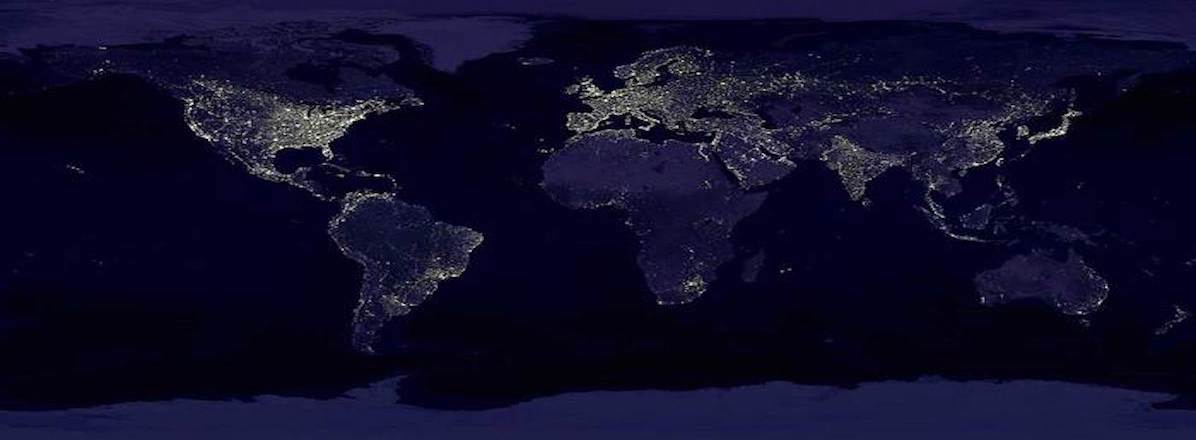A nation must think before it acts.
RT and Sputnik’s Coverage of U.S. Protests Amplifies Chaos, Political Instability
October 22, 2020
Post by Cyrena Kokolis
Protests against racial injustice across the U.S. have made headlines both at home and abroad over the past several months—including on RT and Sputnik News, the Russian state-sponsored media outlets our FIE 2020 project analyzes. Coverage of these protests in RT and Sputnik indicate an attempt by Kremlin media to amplify instances of protest-related violence to portray America as chaotic and politically unstable with out-of-control elected leaders. Many articles use this characterization coupled with law-and-order appeals to frame President Trump’s bid for reelection in a favorable light.
Although the majority of protests concerning racial injustice were peaceful, RT and Sputnik coverage largely describes them as violent and destructive, highlighting instances of rioting, damage and clashes between groups. One Sputnik article published on August 31 highlights “street violence and unrest,” while another published on June 21 titled “‘Animals Taking Over Our Cities’: Eric Trump Lashes Out at BLM Protesters at Tulsa Rally” notes that “the demonstrations were marred by arson attacks and looting” and required a strong federal response to “contain the violence.” A September 2 RT article links to two other stories detailing violent altercations between Black Lives Matter protestors and Trump supporters, stating that “Americans [are] willing to beat and kill each other in the streets over ideology.” By focusing on such violence, this negative characterization of the protests across the country seeks to further divide Americans and amplify divisions.
RT’s and Sputnik’s tendency to highlight violent or destructive protests contrasts with their sanitized characterizations of events leading up to protests that seem to try and delegitimize protest causes. For example, coverage repeatedly refers to George Floyd’s death at the hands of police officers as simply a “death in police custody” and highlights Jacob Blake’s pending sexual assault charges.
RT and Sputnik extend their negative characterization of protests to inform a broader political stance related to the 2020 presidential election—the stance that these protests are enabled by Democrats and will only stop if President Trump is re-elected. For instance, a Sputnik article from August titled “Law & Order: How BLM Protests Can Improve Trump’s Election Odds Instead of Axing His 2020 Bid” places the blame for the protests squarely on Democrats, stating that the party “closed their eyes to looting and rioting” and failed to “wipe radicals out of their ranks.” Trump, on the other hand, is described as having been “critical of the unrest from the outset,” a stance that the author contends corresponds with the sentiment of the general public. Another article, this one from RT and published in September, compares Trump’s stance on the protests to Biden’s in a manner suggesting that Trump has the situation under control while Biden and other Democrats are floundering. The author states that Biden verbally denounced the violence in Kenosha “after months of insisting the riots were actually peaceful protests,” whereas “Trump was already deploying the National Guard at the governor’s request” by the time Biden made his statement. A third article, again from RT, insinuates that Biden only spoke out against the violence after media outlets pointed out that the situation was impacting his polling numbers, suggesting that the condemnation was not a genuine appeal to peace but rather a disingenuous politically motivated statement.
While coverage of the protests on Sputnik and RT largely seems to appeal to the political right, Russia has also produced content for a left-leaning audience. Redfish, a Berlin-based Russia-backed media outlet, vastly upped its production of U.S.-related content during protests following the death of George Floyd. Posts, especially popular on Redfish’s Instagram channel, feature clashes between police and protestors, chaos in the streets, and content highlighting the U.S.’s history of racial tensions. Through its extensive coverage of race-related protests in the U.S., Redfish gained a foothold in the U.S. information space and its content was picked up by a variety of popular outlets and influencers.
RT and Sputnik continue to highlight America’s divisions in their coverage. By covering the protests through a hyper-partisan lens and amplifying violent incidents, Russia’s state media both advances its preferred narrative that America is perhaps irreparably divided while at the same time attempting to further such divides in the U.S. information space.




